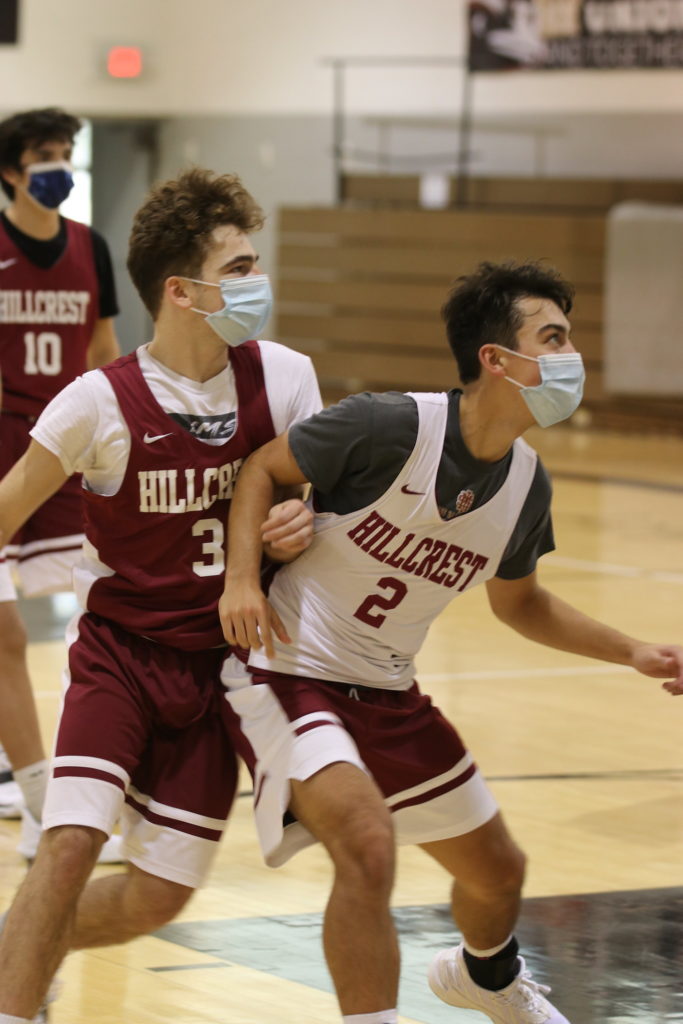Ravens respond to questions of masked basketball practice

We know how much basketball means to this community – since our inaugural 1972-73 season, our interscholastic basketball team has competed across the state and along the way it has experienced great success and grown in prestige. We are excited that our team has been practicing together this season, and has even played its first games. The season is underway!
There have been lots of questions about wearing masks while playing sports. At the recommendation of medical professionals at the University of Iowa, students are asked to wear masks during practice this season.
We acknowledge, and students are experiencing, that masks are uncomfortable, especially when worn during physical activities such as basketball. Some have expressed concern about how wearing masks might impact athletes as they practice. In preparation for the season, we looked into the recent studies cited by UI professionals.1,2 In these studies, researchers set study participants (with and without masks) up on stationary bikes, and had them bike to the point of exhaustion. They measured physiological properties in the participants like their heart rate, blood oxygen saturation, and blood pressure throughout the exercise. Consistently, there was no observable difference in these physiological properties between masked and unmasked exercise.
Some have asked about levels of carbon dioxide that are breathed in while wearing a mask. For this, it is important to know that the mesh of a cloth or a disposable mask does not discriminate between the tiny air molecules such as carbon dioxide, oxygen, or (the most-abundant) nitrogen. Interestingly, while inhaled air is composed of ~20% oxygen, exhaled breath still contains nearly 16% oxygen. Carbon dioxide, meanwhile, increases from <0.1% (inhaled) to ~5% (exhaled).
Our aim in running basketball practices is to ensure the health and safety of our student athletes. Students are asked to closely monitor how they are feeling throughout practice, and we make sure to provide ample breaks to hydrate, spread out, and breathe. Additionally, students can change out of their masks once they get wet with sweat.
Undoubtedly, breathing in masks is somewhat more difficult than without one, since there’s a piece of cloth limiting the free-flow of air. Still, our view is that as students continue to practice in masks, their ability to do so naturally will improve. This can almost be thought of as a form of resistance training: practicing in a mask ought to get easier with time and practice.
Additionally, after reading up on the types of biometrics taken in the recent research studies on the subject of masked exercise, we purchased a pulse oximeter and a portable blood pressure apparatus to check the biometrics of our athletes. As athletes monitor how they feel throughout practice, they are free to use these devices to track their own physiological responses to practicing in a mask.
We are hopeful for the season, and we are doing the best that we can to make it happen. Go Ravens!
Written by Mark Miller ’05, PhD | Chemistry and Physics Instructor
1 https://onlinelibrary.wiley.com/doi/10.1111/sms.13832, 2 https://www.mdpi.com/1660-4601/17/21/8110


